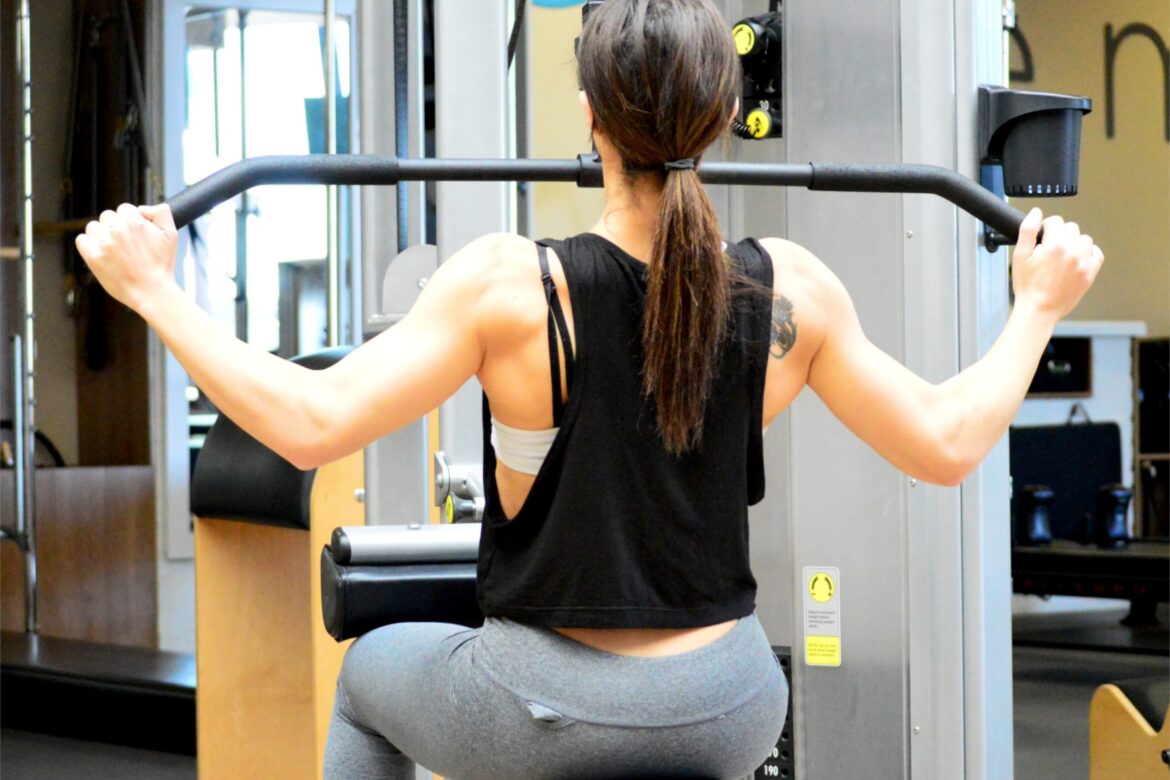Mythbuster Series: No Pain No Gain
Since the 1980s, many people have attached themselves to the adage, “no pain, no gain!”. This notion implies that to make gains within your exercise program, you must push your body to the point of pain, even entertaining the thought that the more pain you cause, the better your results will be. As a physical therapist, I often hear this from patients in the clinic, and I make it a point to correct them and discuss why this phrase is often a source of injury.
Pain as the Body’s Protection Mechanism
Rather than regarding pain during and after your workout as a positive correlation of success, think of it as your body’s warning light. If you continue to work/exercise through pain, you are putting excess stress through your muscles and joints. This stress can result in a traumatic injury (e.g., tearing your rotator cuff with lifting heavy weights) or a chronic issue (e.g., early-onset osteoarthritis from overuse). Remember: pain is your body telling you something is WRONG, and if you feel pain during a workout, STOP. There may be soreness and achiness when beginning a new exercise regime. Soreness is normal as your body begins to adapt to new stresses; however, pain should always be off-limits.
DOMS (Delayed Onset Muscle Soreness)
When you feel achy, sore, and uncomfortable 1-2 days after a workout, you can blame DOMS! As I stated above, when you begin a new exercise routine or increase the intensity/frequency of your workout, soreness is normal. DOMS should not require any medical attention and may last anywhere from 2-5 days, depending on multiple factors. If you continue to have lingering pain, and rest, ice and anti-inflammatories have not helped, consulting a health care professional may be beneficial to you. An excellent way to prevent or limit the intensity of DOMS is to progress yourself into your new workout gradually by increasing intensity and frequency slowly.
When is “pain” OKAY?
People have different definitions of what pain is. Feeling a mild to moderate burn in your muscles while exercising is fine and is where DOMS comes in to play. However, if you are having sharp pains, joint swelling, or excessively long periods of fatigue, you are putting yourself at risk for severe injury and overtraining. Understanding the balance between loading your muscles and stressing your joints with a proper amount of activity to avoid genuine pain and the possibility of injury is extremely important. Let’s replace “no pain, no gain” with something more appropriate- “no pain, my gain,” perhaps?


How do you know when to use ice for pain relief or heat?
I will usually say, ice if there is inflammation, swelling, irritation, or if there is soreness after activity throughout your day. I typically recommend heat either to help loosen muscles before exercise if needed, or if a patient is feeling tight/stiff into a particular muscle/area of the body. It can also depend on the injury, so answers to this question can vary. Also, there is some new research suggesting ice may not be appropriate immediately following injury, but the research is not conclusive.